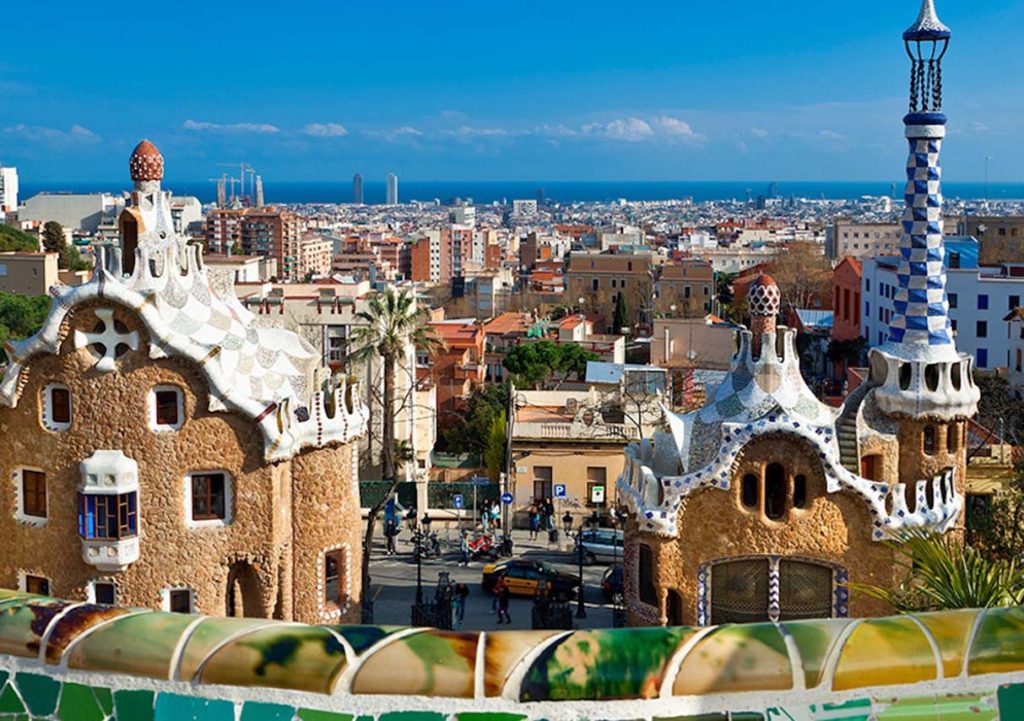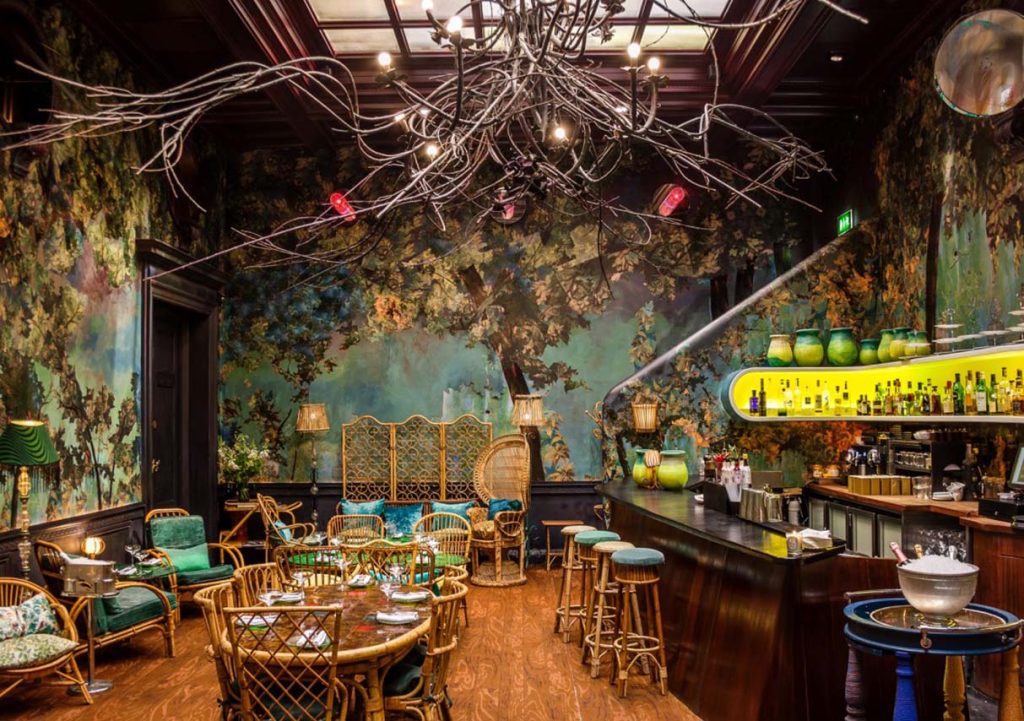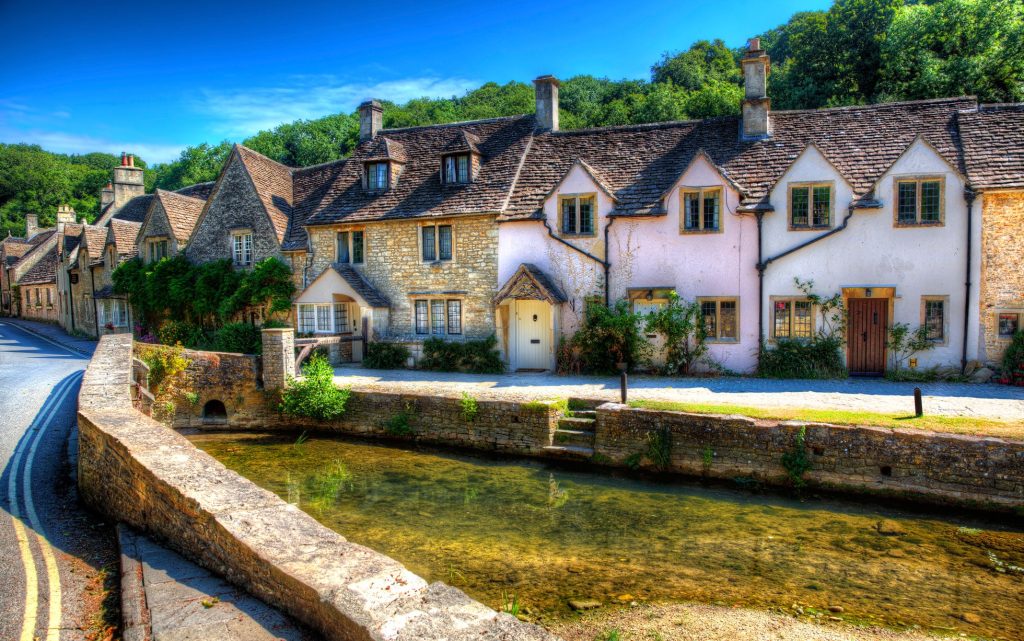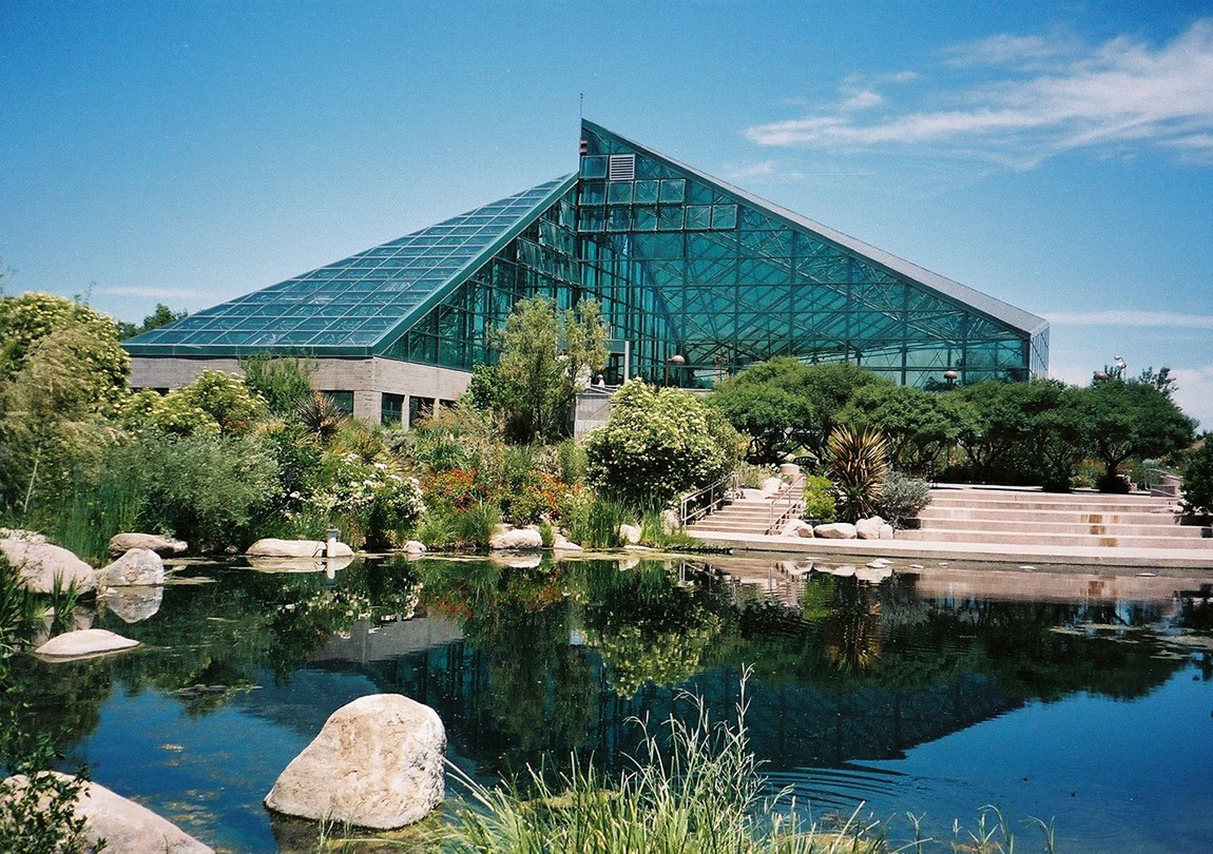The United Kingdom boasts a rich royal history, with countless attractions that allow visitors to delve into the lives and legacies of its monarchs. From iconic palaces to historic castles, these 10 must-visit royal attractions offer a fascinating glimpse into the pomp, ceremony, and intrigue of Britain’s regal past and present.
Buckingham Palace: The Queen’s London Residence
Buckingham Palace, the official London residence of the British monarch, is an iconic symbol of the country’s royal heritage. The palace, which has served as the monarchy’s primary residence since Queen Victoria’s reign, is an architectural masterpiece with a history spanning over 300 years.
a. Changing of the Guard
One of the most famous ceremonies associated with Buckingham Palace is the Changing of the Guard. This spectacular event, which takes place daily from April to July and on alternate days for the rest of the year, showcases the precision and pageantry of the British military.
b. The State Rooms
During the summer months, visitors have the opportunity to tour the palace’s State Rooms, which are used for official functions and ceremonies. These opulent rooms, adorned with priceless works of art and exquisite furnishings, offer a fascinating insight into the monarchy’s history and the art of royal entertaining.
Kensington Palace: A Royal Home with a Storied Past
Nestled within the lush gardens of Kensington, this historic palace has been home to many members of the British royal family, including Queen Victoria, Princess Diana, and the Duke and Duchess of Cambridge.
a. The Royal Apartments
Visitors can tour several areas of Kensington Palace, including the beautifully restored King’s and Queen’s State Apartments, which feature stunning period decor and an impressive collection of paintings and artifacts.
b. The Gardens
The palace is surrounded by beautifully landscaped gardens, which provide a tranquil retreat from the hustle and bustle of London. Visitors can wander through the picturesque grounds, which include the Sunken Garden and the Orangery, a stunning 18th-century building that now houses a popular café.
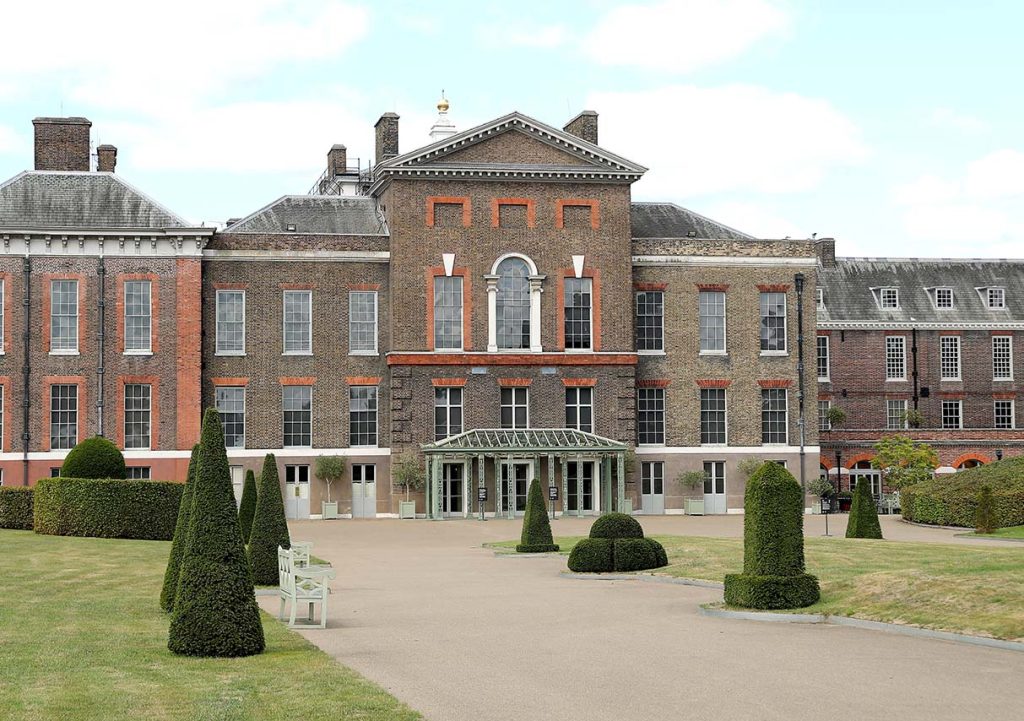
Windsor Castle: The World’s Oldest and Largest Occupied Castle
Located just outside London, Windsor Castle has been a royal residence for over 900 years and is the preferred weekend retreat for Queen Elizabeth II. With its magnificent State Apartments, historic St. George’s Chapel, and sprawling grounds, Windsor Castle offers a captivating look into the lives of Britain’s monarchs.
a. State Apartments
The State Apartments, which are open to the public, showcase the grandeur and opulence of the monarchy through the ages. Highlights include the lavish Semi-State Rooms, the Gothic St. George’s Hall, and the impressive Waterloo Chamber, which commemorates the defeat of Napoleon Bonaparte.
b. St. George’s Chapel
St. George’s Chapel, located within the castle grounds, is a stunning example of Gothic architecture and serves as the spiritual home of the Order of the Garter, the oldest and most prestigious order of chivalry in Britain. The chapel is also the final resting place of several British monarchs, including King Henry VIII and his third wife, Jane Seymour.
Westminster Abbey: A Royal Coronation Site and Necropolis
Westminster Abbey, a UNESCO World Heritage site, has played a central role in Britain’s royal history for over a millennium. The abbey, which has been the site of every English and British coronation since 1066, is also the final resting place of numerous kings, queens, and other notable figures.
a. The Coronation Chair
One of the most famous artifacts housed within Westminster Abbey is the Coronation Chair, which has been used in the coronation ceremony of every British monarch since Edward I in 1296. This ancient wooden chair, adorned with elaborate carvings, holds a unique place in the history of the British monarchy and remains a powerful symbol of the country’s royal heritage.
b. Poets’ Corner and Royal Tombs
In addition to its role in royal coronations, Westminster Abbey is renowned as the final resting place for many of Britain’s most notable figures. Poets’ Corner, located in the South Transept, honors the country’s literary greats, including Geoffrey Chaucer, Charles Dickens, and William Shakespeare. The abbey also houses the tombs of numerous kings and queens, such as Elizabeth I, Mary, Queen of Scots, and Edward the Confessor.
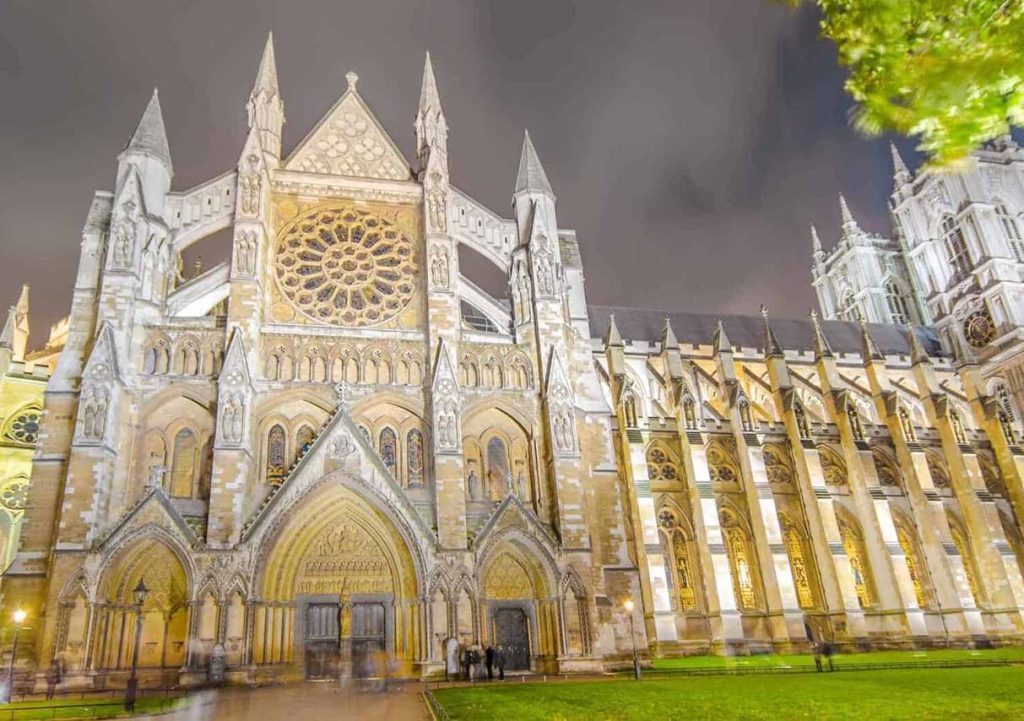
Balmoral Castle & Estate: The Royal Family’s Scottish Retreat
Nestled in the scenic Cairngorms National Park, Balmoral Castle has been the favorite Scottish retreat of the British royal family since the reign of Queen Victoria. The castle, with its distinctive granite facade and expansive grounds, offers a unique insight into the monarchy’s love for the Scottish Highlands.
a. The Castle and Grounds
While the interior of Balmoral Castle is not open to the public, visitors can explore the beautiful grounds, which include formal gardens, wooded trails, and wildlife habitats. The castle’s Ballroom, which houses a collection of royal artifacts and artwork, is open for public viewing during select months.
b. The Royal Lochnagar Distillery
Located near Balmoral Castle, the Royal Lochnagar Distillery is a must-visit attraction for whisky enthusiasts. The distillery, which has been granted a royal warrant, offers guided tours and tastings of its renowned single malt Scotch whisky.
Sandringham House & Estate: The Queen’s Norfolk Retreat
Sandringham House, located in the picturesque Norfolk countryside, is the private country retreat of Queen Elizabeth II. This elegant estate, with its beautiful gardens and extensive parkland, has been a beloved sanctuary for the British royal family for over 150 years.
a. The House and Gardens
Visitors can tour the stately rooms of Sandringham House, which showcase a wealth of royal artifacts, artwork, and furnishings. The surrounding gardens, which encompass formal flowerbeds, woodland areas, and a serene lake, provide a tranquil setting for leisurely strolls.
b. The Royal Stud
The Sandringham Estate is also home to the Royal Stud, a world-renowned thoroughbred breeding operation. During the summer months, visitors can tour the stud farm and learn about the history and traditions of this prestigious enterprise.
Palace of Holyroodhouse: The Queen’s Official Residence in Scotland
The Palace of Holyroodhouse, situated at the end of Edinburgh’s historic Royal Mile, is the official residence of the British monarch in Scotland. This grand palace, which has been a royal residence since the 16th century, is steeped in history and tradition.
a. The Royal Apartments
The palace’s Royal Apartments, open to the public, feature an impressive collection of tapestries, paintings, and other artifacts that reflect the palace’s storied past. Highlights include the Great Gallery, which houses a series of portraits of Scottish monarchs, and the Mary, Queen of Scots’ Chambers, a suite of rooms that evoke the tragic story of the ill-fated queen.
b. The Abbey and Gardens
The ruins of Holyrood Abbey, located adjacent to the palace, provide a fascinating glimpse into the religious history of the site. The palace’s lush gardens, which offer stunning views of Arthur’s Seat and the surrounding landscape, are also open for public exploration.
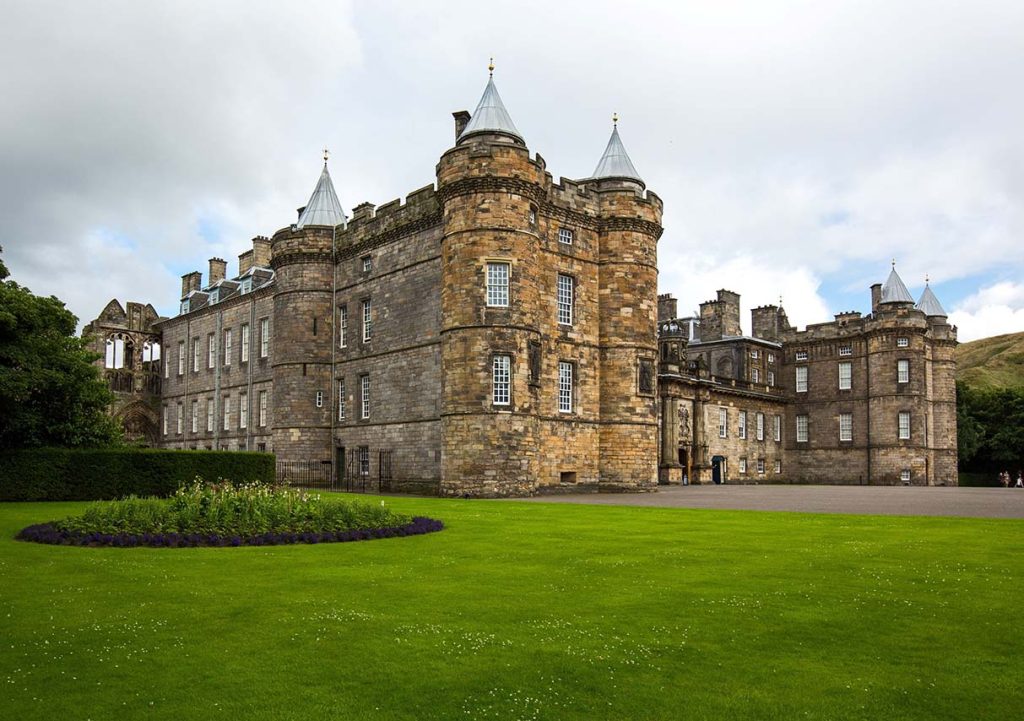
Hampton Court Palace: A Tudor Treasure
Hampton Court Palace, located on the banks of the River Thames, is a magnificent example of Tudor architecture with a rich and storied past. Once the residence of King Henry VIII, the palace offers a fascinating insight into the lives of Britain’s most famous monarchs.
a. The State Apartments and Great Hall
Visitors can tour the palace’s State Apartments, which showcase a wealth of period furnishings, tapestries, and artwork. The Great Hall, a grand space adorned with impressive wooden beams and stained glass windows, is one of the most iconic rooms in the palace and was once used for lavish banquets and entertaining.
b. The Gardens and Maze
The extensive gardens of Hampton Court Palace are a horticultural delight, featuring a variety of themed areas, such as the formal Privy Garden, the lush Wilderness Garden, and the stunning Rose Garden. One of the palace’s most famous attractions is the Hampton Court Maze, a complex hedge maze that has challenged and delighted visitors for centuries.
Edinburgh Castle: A Symbol of Scottish History
Perched atop Castle Rock, Edinburgh Castle dominates the city’s skyline and serves as a powerful symbol of Scotland’s rich history. This ancient fortress, which has played a central role in the country’s past, is now one of Scotland’s most popular tourist attractions.
a. The Crown Jewels and Stone of Destiny
Among the many treasures housed within Edinburgh Castle are the Honours of Scotland, which include the country’s Crown Jewels and the Stone of Destiny. These priceless artifacts, which have played a crucial role in Scottish coronations, are on display in the castle’s Crown Room.
b. St. Margaret’s Chapel and the Great Hall
Visitors can also explore St. Margaret’s Chapel, the oldest surviving building in Edinburgh, and the Great Hall, a grand space used for state functions and ceremonies. The castle also offers stunning panoramic views of the city and its surrounding landscapes.
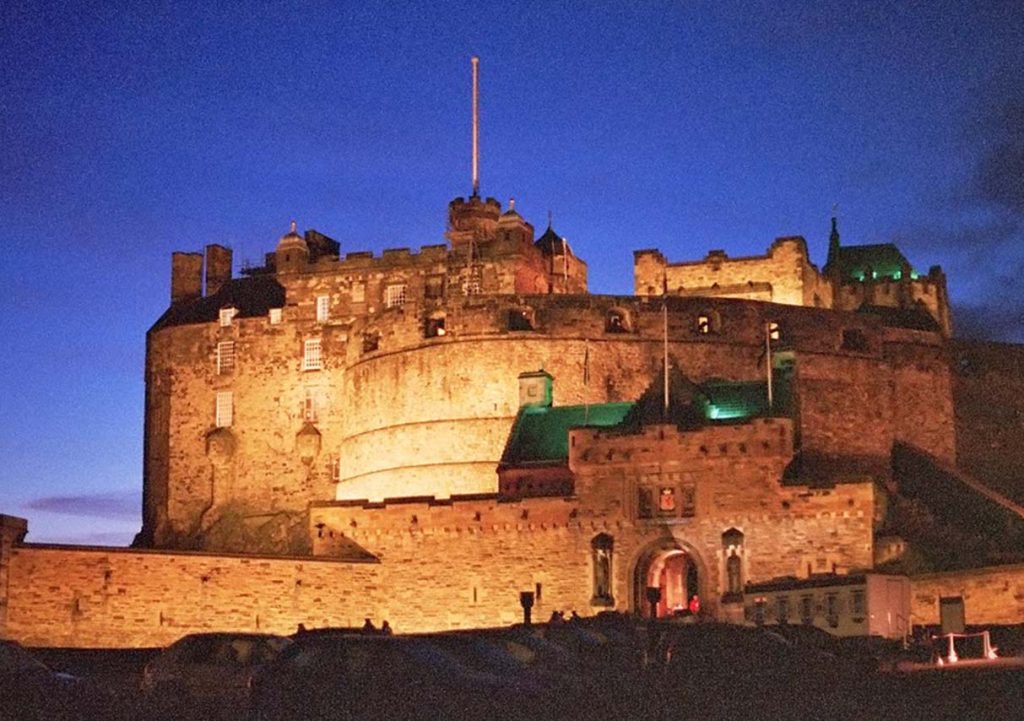
Tower of London: A Fortress, Palace, and Prison
The Tower of London, a UNESCO World Heritage site, has played a pivotal role in England’s history for nearly 1,000 years. This imposing fortress, which has served variously as a royal palace, a prison, and a treasury, is steeped in history and intrigue.
a. The Crown Jewels
The Tower of London is home to the British Crown Jewels, an awe-inspiring collection of crowns, scepters, and other regalia used in royal coronations and state functions. Visitors can marvel at these priceless treasures, which are housed in the Jewel House.
b. The White Tower and Yeoman Warder Tours
The centerpiece of the Tower of London complex is the White Tower, a historic keep that contains the Royal Armouries collection, as well as the famous Line of Kings display. Visitors can also join a guided tour led by a Yeoman Warder, who will regale them with tales of the tower’s past, from its royal residents to its infamous prisoners.
Britain’s royal attractions offer a captivating glimpse into the country’s regal heritage, providing visitors with the opportunity to explore the grandeur, history, and intrigue of its monarchy. From the iconic Buckingham Palace to the storied halls of Edinburgh Castle, these 10 must-visit attractions promise a memorable journey through the lives and legacies of Britain’s kings and queens.

